Five Resources to Teach Kristallnacht with Testimony
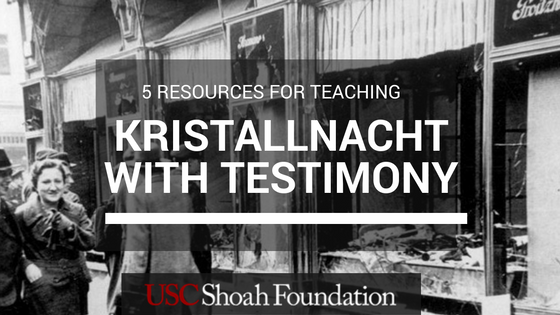
1. Historical approach: Kristallnacht as a turning point
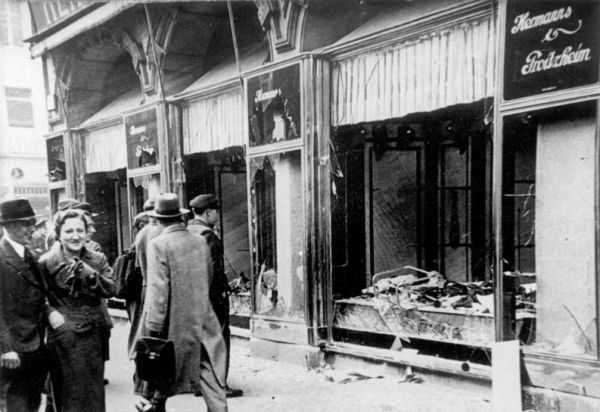
Kristallnacht is evaluated as a turning point in the Nazi rise to power. By examining the causes and effects of this event and situating it within a larger historical context, students can begin to understand its significance.
Recommended Resource: Kristallnacht 1938 by Alan Steinweis - this brief but powerful account situates the event within the larger context of the Holocaust while also illustrating how it was a significant turning point in Nazi policy against the Jews.
2. Multimedia approach: combining testimony and other sources
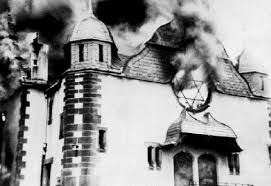
Recommended Resource: Pairing testimonies from the Watch Page - Kristallnacht Topic with accounts such as those of students at Gross-Breesen in Robert Gillette’s Escape to Virginia can give students greater insight into the experience of Jews in Germany, annexed Austria and the occupied Sudetenland during this event. Additionally, using the primary sources in Echoes and Reflections: Lesson One “Studying the Holocaust” can add additional depth to exploring this topic.
3. Holocaust survivor testimony
The IWitness Watch page houses hundreds of clips of testimony addressing more than 50 different topics include Kristallnacht. The Watch page includes a short description of Kristallnacht, clips of testimony from eyewitnesses to the pogrom, related activities, topics and terms. The Watch page includes the powerful clip from Holocaust survivor Esther Clifford as she shares her experience of Kristallnacht as a child. Her story can serve as a jumping off point for student discussion of the event and its effects on Jewish citizens.
Recommended Resource: Watch Page - Kristallnacht
4. Kristallnacht Information Quest
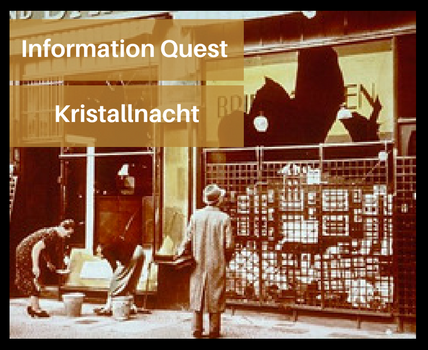
In this Echoes and Reflections authored activity, students explore primary and secondary sources concerning individuals affected by the events of Kristallnacht. These sources allow them to understand both the effects this event had on individuals and its larger implications within Germany.
Explore the Information Quest activity now
5. Mini Quest: Some Were Neighbors: Collaboration & Complicity in the Holocaust
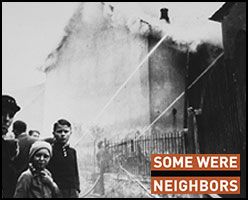
In this United States Holocaust Memorial Museum authored activity, the focus is placed on the actions of average non-Jews during Kristallnacht. Through photos, film footage, articles, and maps, students are reminded of the dangers of the bystander effect and the importance of speaking up when something is wrong.